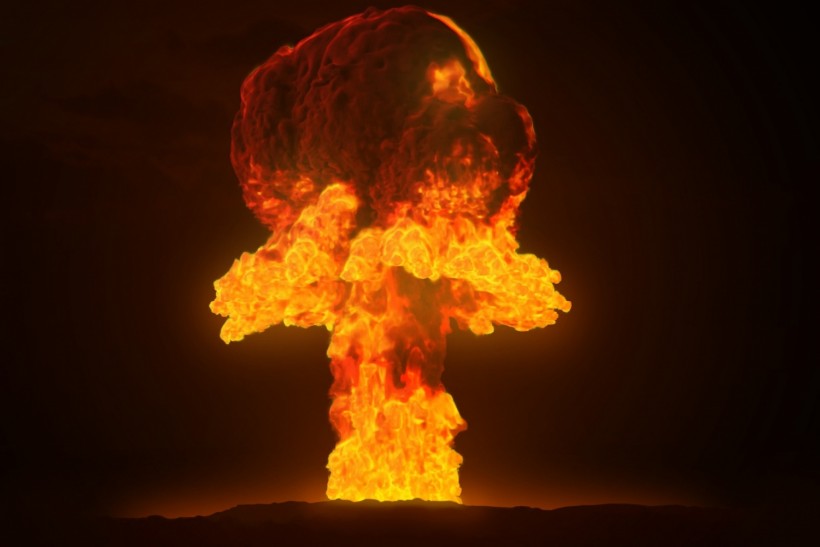Almost eight decades have passed since two nuclear blasts hit Nagasaki and Hiroshima. Such bombings have killed over 129,000 individuals, signifying how devastating they were.
On top of this, according to the Federation of American Scientists, nine different countries had 12,700 nuclear warheads during the early parts of 2022.
Given these numbers, Science Alert notes that it is not a far-fledged thought to wonder what could happen if a nuclear war breaks out. If this hypothetically happens, the second big question would be how humans could survive such a catastrophe.

ALSO READ: How to Survive Nuclear Bomb Attack As War Looms
What Affects the Nuclear Bomb Radius and Impact?
Science Alert how there is no established method of predicting a nuclear bomb's impact. This is because the impact generally depends on a variety of factors. Such factors include the weather during the drop day, the time of detonation, whether an explosion occurs on land or air, and the geographical landscape of the hit area. Nevertheless, certain nuclear bomb phases are predictable and may impact survival chances.
The video from AsapSCIENCE explains how around 35% of nuclear bomb energy gets expelled in the guise of thermal radiation. Because its travel time largely mirrors light speed, humans first get hit with blinding light flashes and heat. This light can lead to flash blindness, usually, temporary vision loss that may stay for a few minutes.
Nuclear Bomb Radius and Effects
AsapSCIENCE looks into a bomb worth one megaton. This bomb is 80 times the size of the one that exploded in Hiroshima. However, it is significantly smaller than other nuclear weaponry in the modern age.
For a nuclear bomb with such dimensions, individuals stationed around 21 km away from the site may still go through flash blindness on a bright day. Other than that, those who are 85 km far will experience temporary blindness during a clear evening.
Heat is a pressing concern for those who are more proximate to the explosion. Burns that are first-degree and mild can affect individuals who are 11 km far. The more severe third-degree burns may affect that stationed 8 km away. Such severe burns that cover over 24% of the body have higher fatality chances if they do not get immediate medical attention.
However, such distances may vary depending on weather and clothing color. Darker tones will be more absorbent, while white clothes may reflect certain blast energy. However, this may hardly make a difference among those stationed at the blast's core.
During the Hiroshima blast, the temperatures of areas close to the bomb site were assumed to be around 300,000 degrees C or 540,000 degrees F. Such figures are around 300 times hotter compared to cremation temperature levels. Because of such heat, people almost immediately got reduced to carbon or other primary elements.
Those farther from the explosion also face other effects besides heat. For one, nuclear blasts move air away from the explosion site. This leads to air pressure alterations that may destroy objects and knock structures down.
Within a nuclear bomb radius of 6 km for a 1-megaton blast, the waves will lead to a force worth 180 metric tons. Winds will also speed through at a rate of 255 km/h.
For a nuclear bomb radius of 1 km, the pressure of the peak quadruples, while the wind speed can go as high as 756 km/h.
While humans can withstand such high pressures, falling structures may lead to fatalities. Aside from all this, radiation poisoning is another concern to deal with.
However, all of these figures remain hypothetical. Nevertheless, the Nuclear Notebook from the Bulletin of the Atomic Scientists contains information about the global situation of nuclear weaponry.
RELATED ARTICLE: Nuclear Explosion: Why Atomic Bombs Make Mushroom Cloud
Check out more news and information on Nuclear Bombs in Science Times.



![Earth's Quasi-Moon Kamo‘oalewa Could Originate From Lunar Surface Not Asteroid Belt [Study]](https://1721181113.rsc.cdn77.org/data/thumbs/full/53275/89/56/50/40/earths-quasi-moon-kamo-oalewa-could-originate-from-lunar-surface-not-asteroid-belt-study.png)










